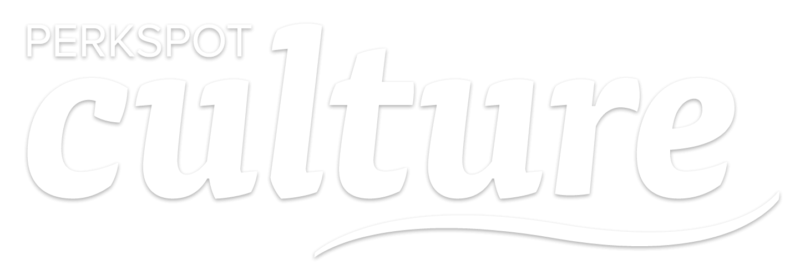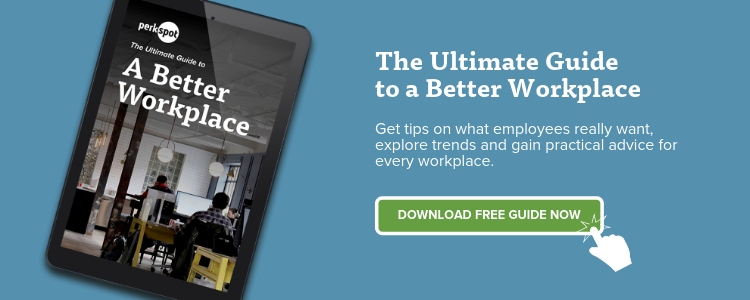Providing Benefits to a Multigenerational Workforce
 Having a wide diversity of ages in your organization comes with a lot of benefits. As with many other kinds of diversity, a wide range of generational representation is a driver of innovation, offering varied perspectives on issues by combining older generation’s specialist knowledge with younger professional’s innate understanding of modern technologies and changes. Benefits aside, a multigenerational workforce multiple generations represented in the workforce is a near unavoidable reality as baby boomers begin to step back from top-level positions.
Having a wide diversity of ages in your organization comes with a lot of benefits. As with many other kinds of diversity, a wide range of generational representation is a driver of innovation, offering varied perspectives on issues by combining older generation’s specialist knowledge with younger professional’s innate understanding of modern technologies and changes. Benefits aside, a multigenerational workforce multiple generations represented in the workforce is a near unavoidable reality as baby boomers begin to step back from top-level positions.
But multi-generational workforces also come with their own challenges, including:
- A wide range of values and beliefs can cause differences in priorities
- Significantly disparate communication styles and preferences
- Wide gaps in desired perks and benefits
Diverse Generations with Diverse Values
Differing perspectives and values means different needs, and what a young professional is looking for from their benefits package is vastly different from what more senior employees need; knowing the difference and being able to account for the diverse needs of multiple generations of employees is key to crafting an employee-centric benefits experience.
The benefits valued by older generations tend towards traditional cornerstones such as 401k matching and supplemental health insurance. Younger generations, such as Millennials and Gen-Z, tend to value wellness initiatives and benefits that give them time back in the day. But there’s a surprising degree of overlap between emerging benefits that workers of every age are pining for, such as flexible work options, training and development opportunities, and smaller, personalized perks, from shuttle services to discounts on dry-cleaning.
The generation gap isn’t as steep as it might appear. When you get right down to it, it’s about people. Your employees are distinct individuals with individual needs that simply can’t be standardized.
The Employee-Centric Benefits Experience
Fortunately, you don’t have to standardize at all. Instead, account for differences by focusing on benefits personalization. Employees of all ages agree that flexible work options that allow them to work on their own schedules are critical; and you can take your multigenerational benefits a step further by partnering with PerkSpot. Our breadth of potential savings is uniquely positioned to cater to diverse workforces, with thousands of discounts available across dozens of industries! We offer meaningful benefits targeted at and personalized to the unique needs of every individual employee.
And that’s the core of an employee-centric benefits experience; offering the perks that each individual really cares about, no matter how unique! By focusing on perk personalization, you can provide an employee-centric experience. Personalized offerings will help celebrate the rich diversity of your workforce – generational or otherwise. From flexible work options to regular wellness initiatives, you’ll want to target your benefits around your workforce’s distinct concerns. As you do, PerkSpot can help get started with a benefits experience centered that’s unique to your equally unique employees; Request a Demo to learn more today!















